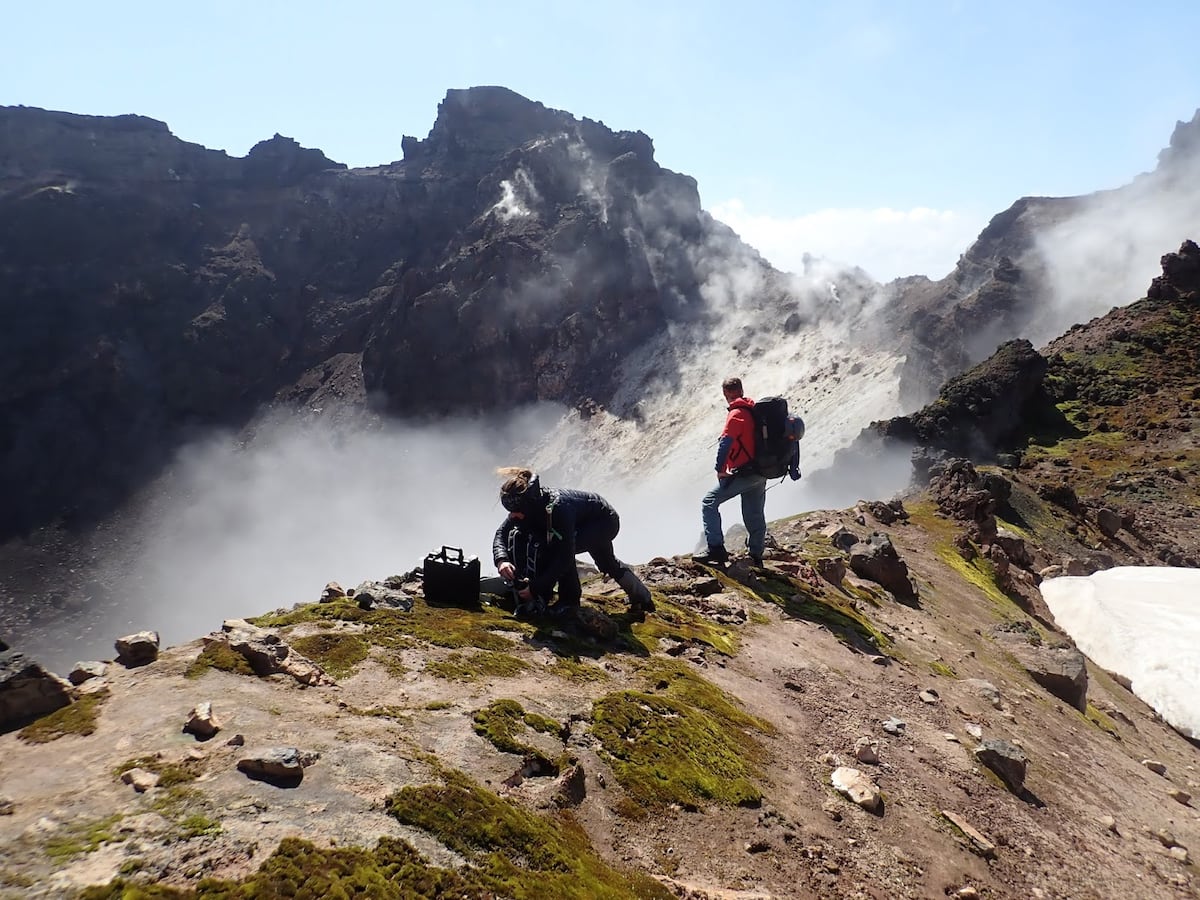
In a groundbreaking study, researchers from the University of Southern California have confirmed that the Earth's inner core is rotating more slowly than the planet's surface. This shift could potentially impact the planet's rotation, leading to longer days. The inner core, a super-hot, super-dense sphere of iron and nickel located over 4,800km beneath our feet, had slowed down for the first time in approximately 40 years around 2010. This slowing is caused by the turbulent movement of the surrounding liquid outer core, which generates the Earth's magnetic field, and the gravitational pulls from dense regions in the overlying rocky mantle. The inner core's backtracking has been evidenced by seismograms of repeating earthquakes recorded between 1991 and 2023 around the South Sandwich Islands. This could eventually alter the entire planet's rotation, prolonging our days. The team now wants to chart the trajectory of the inner core in even greater detail to reveal exactly why it is shifting.


